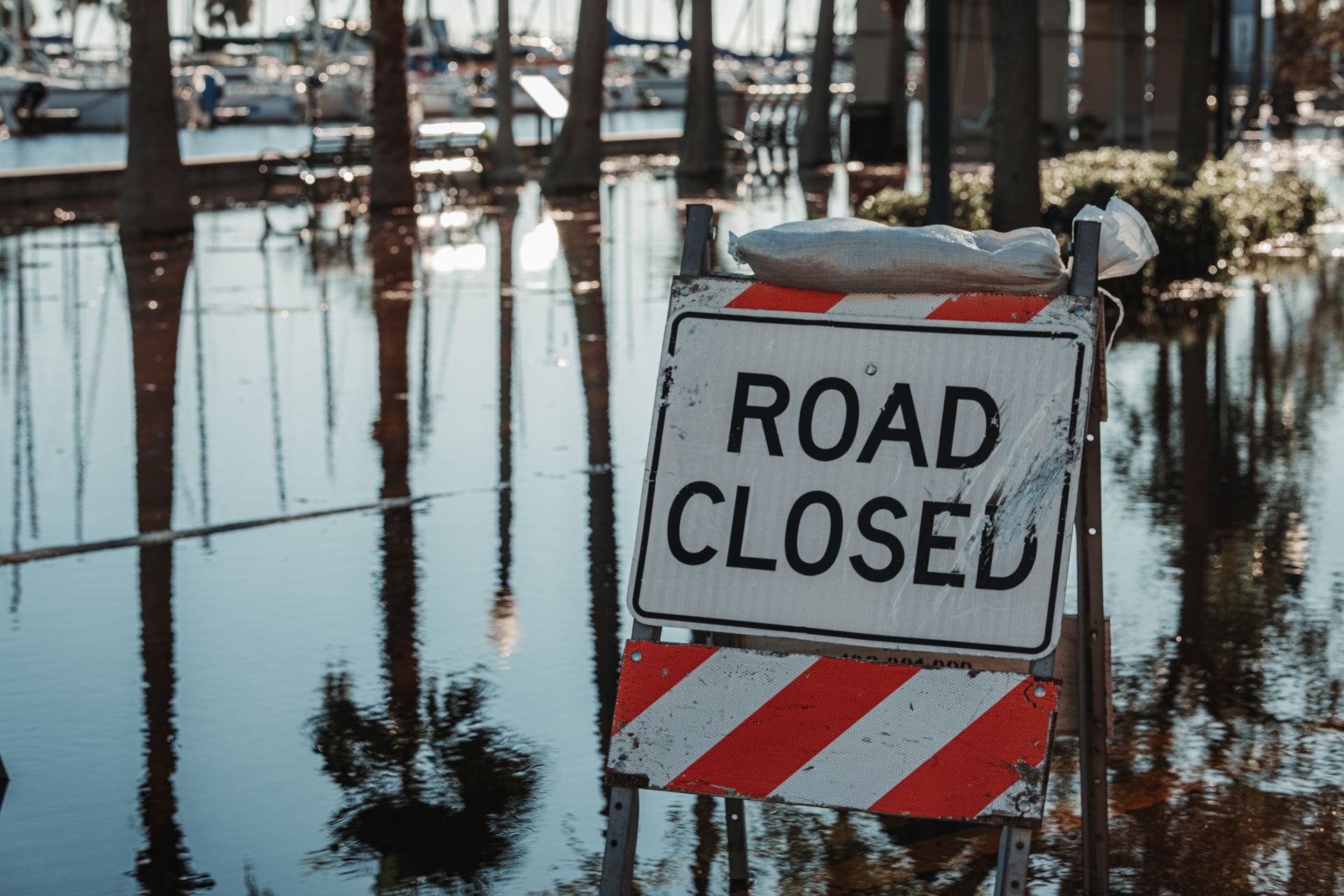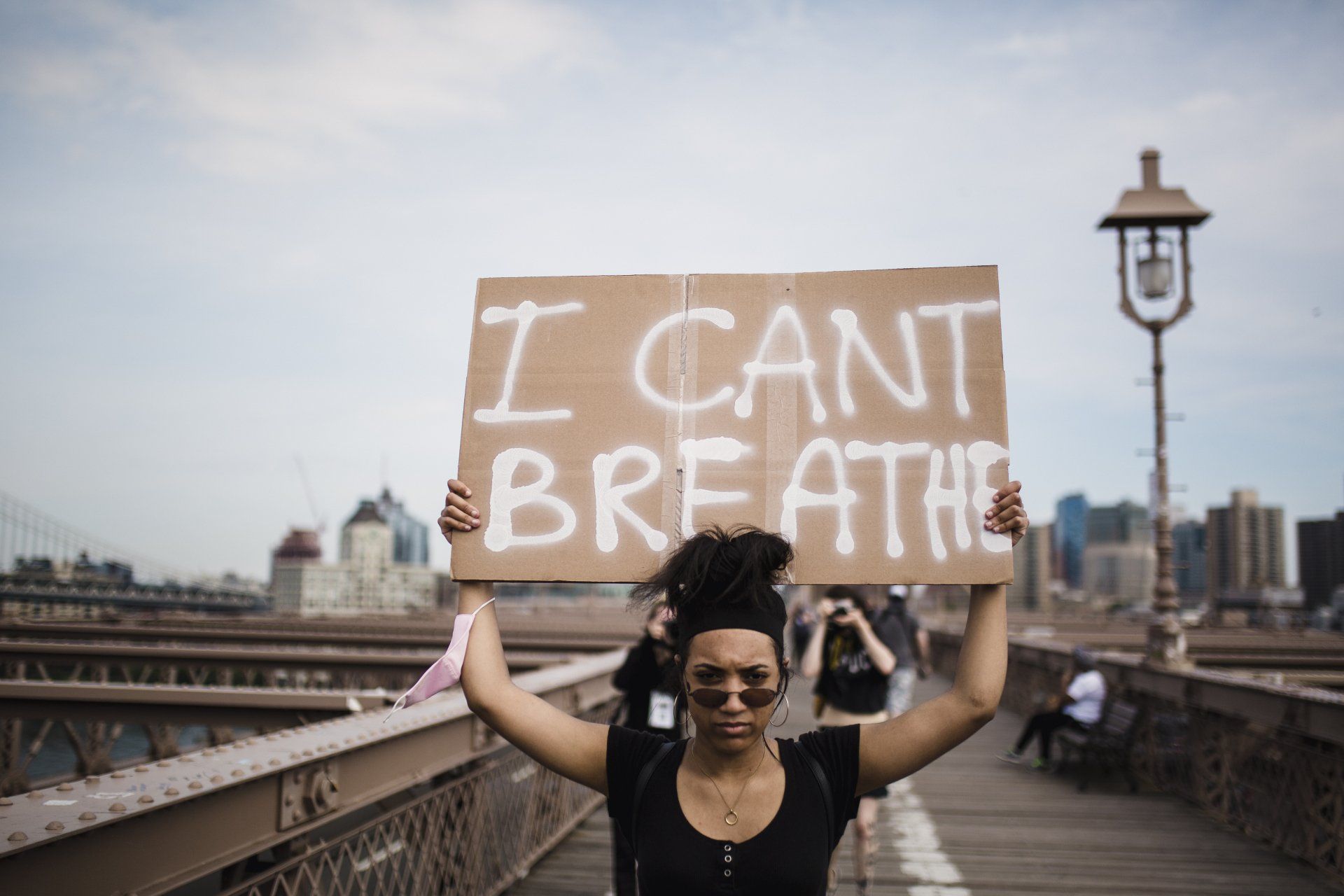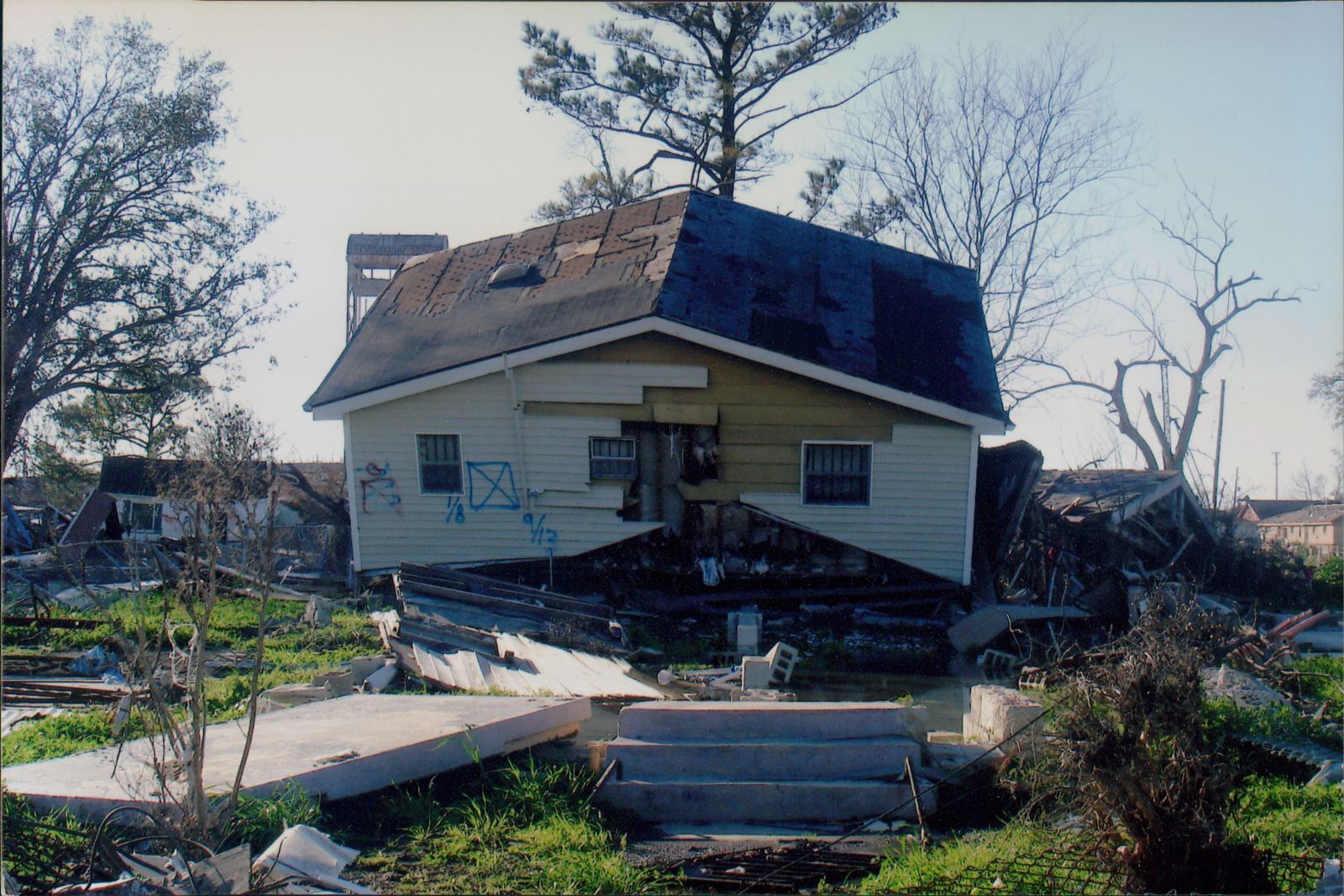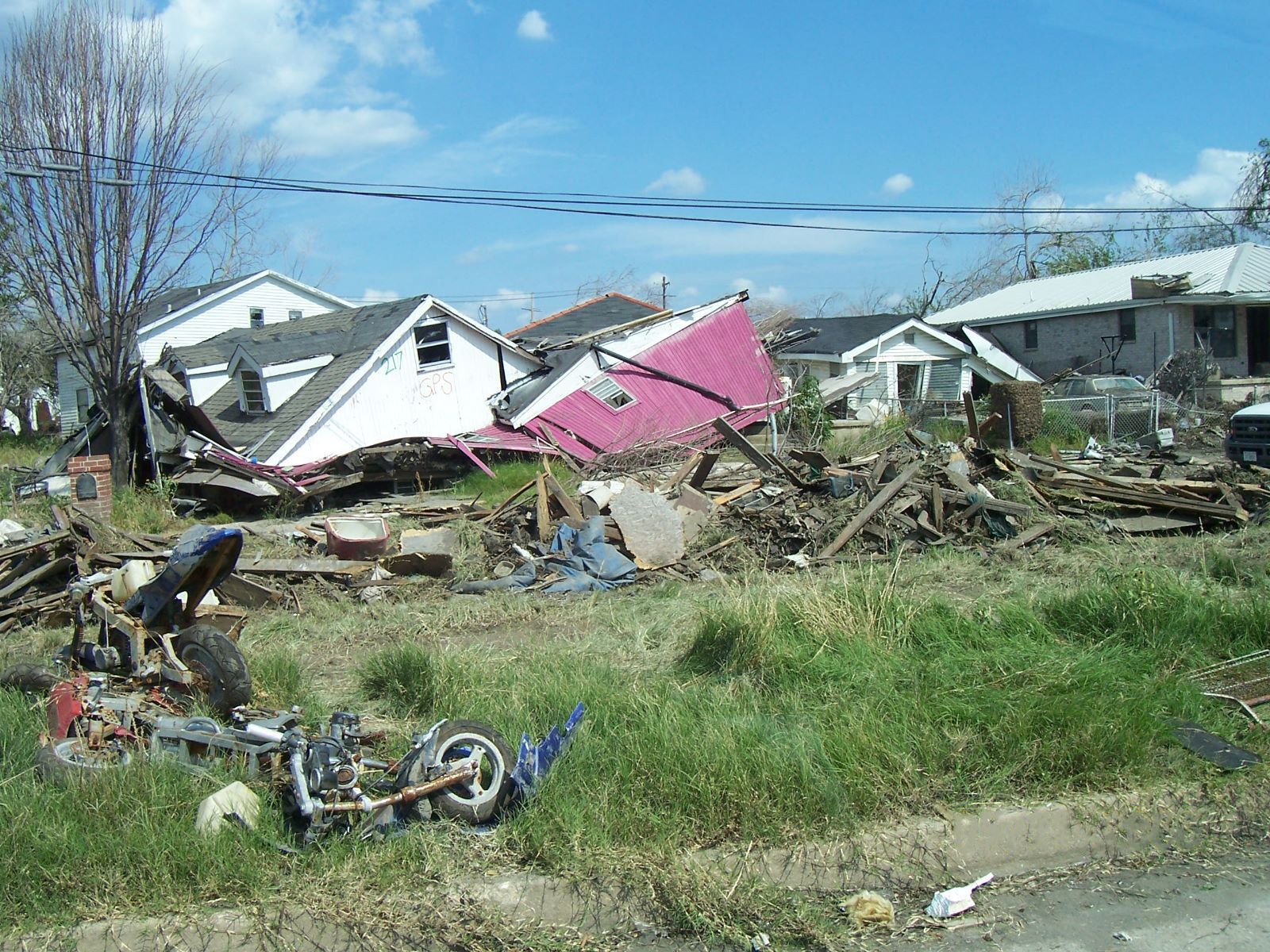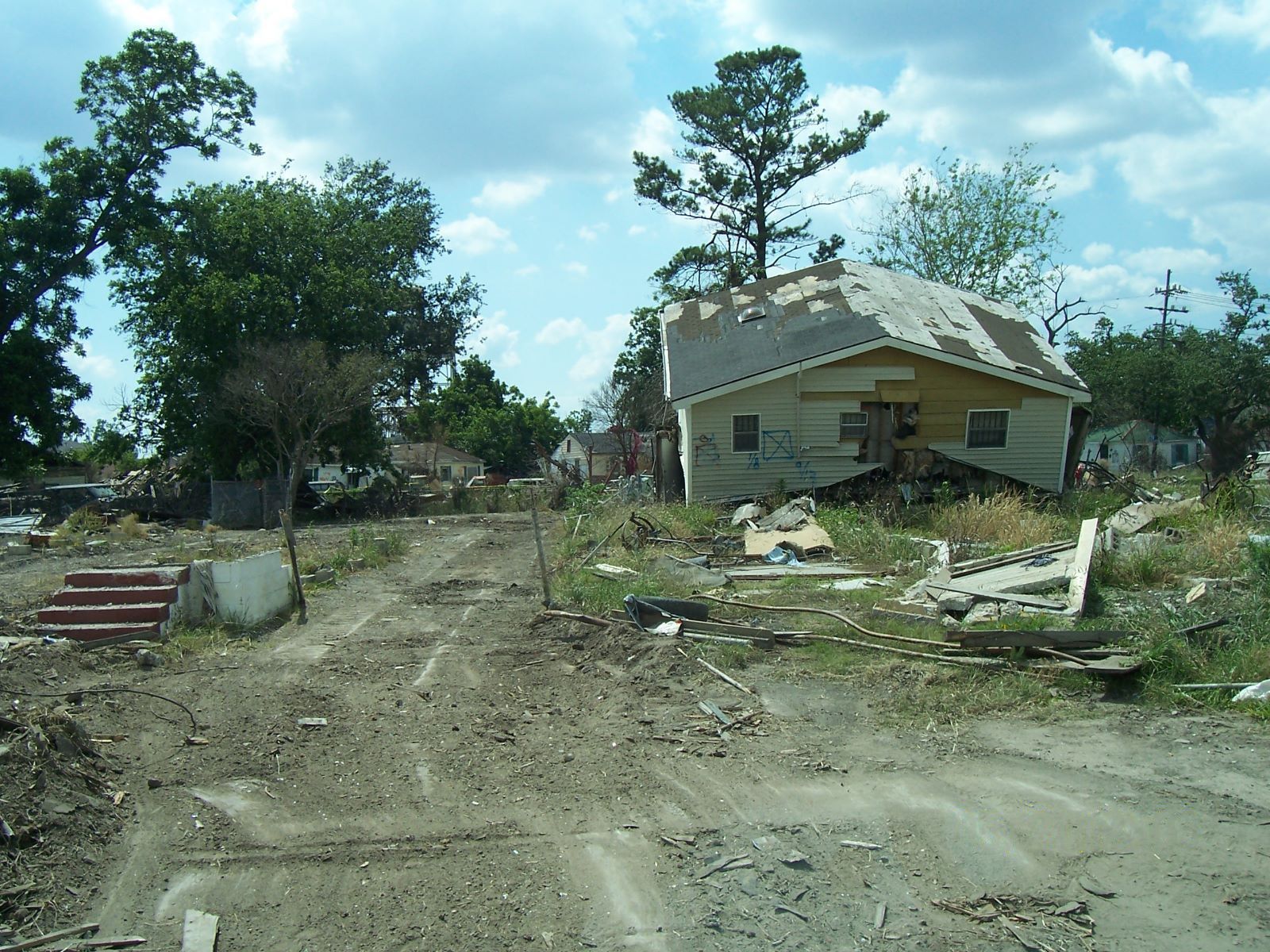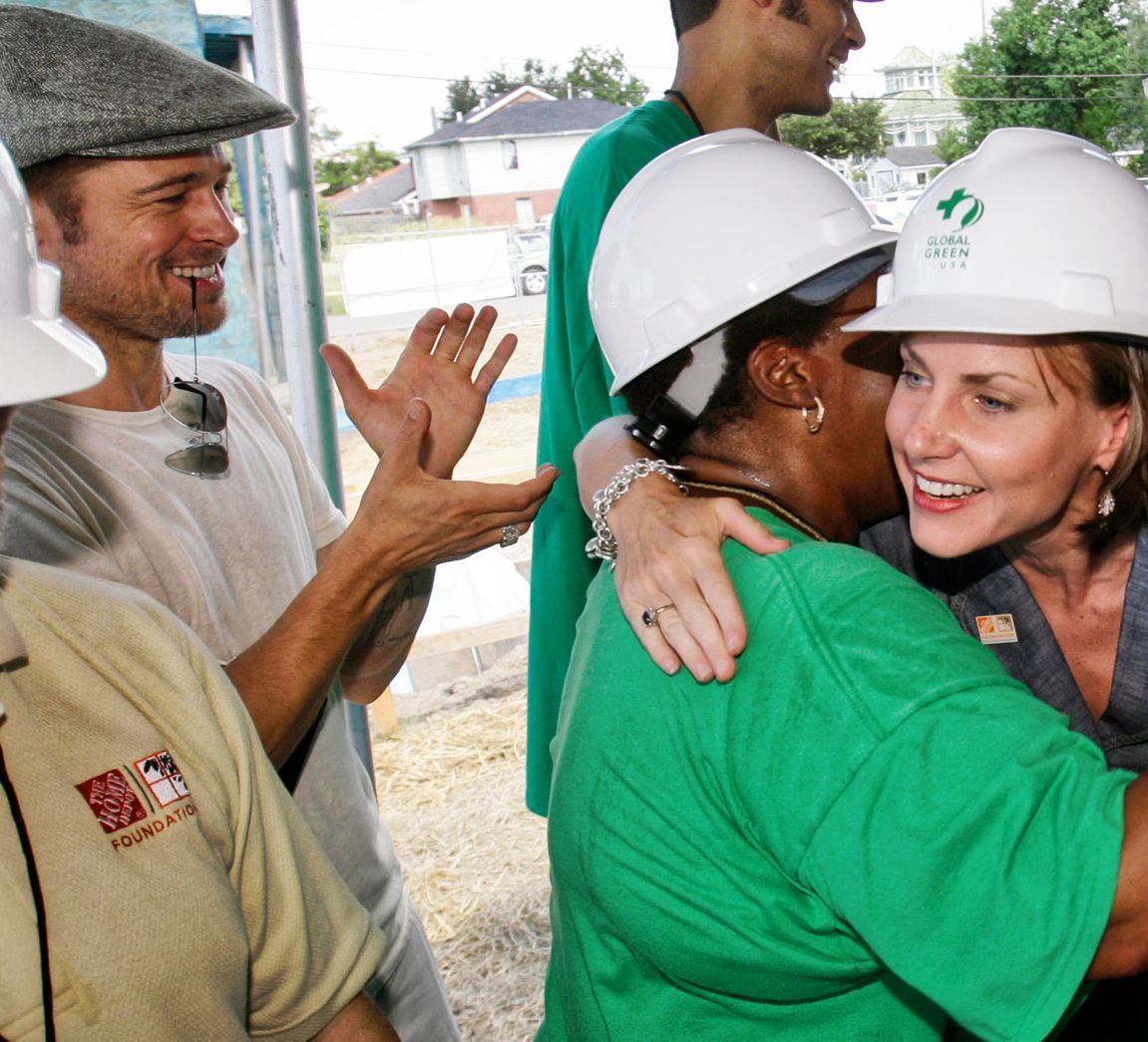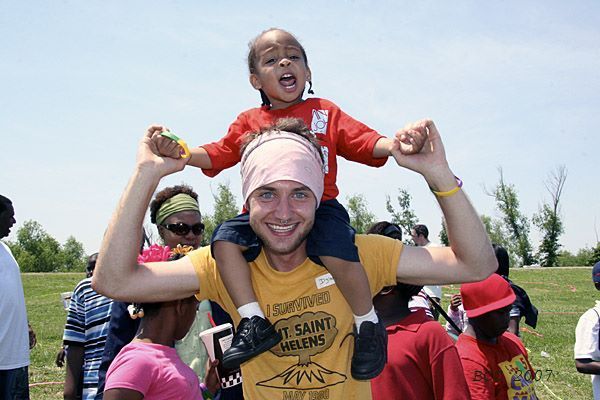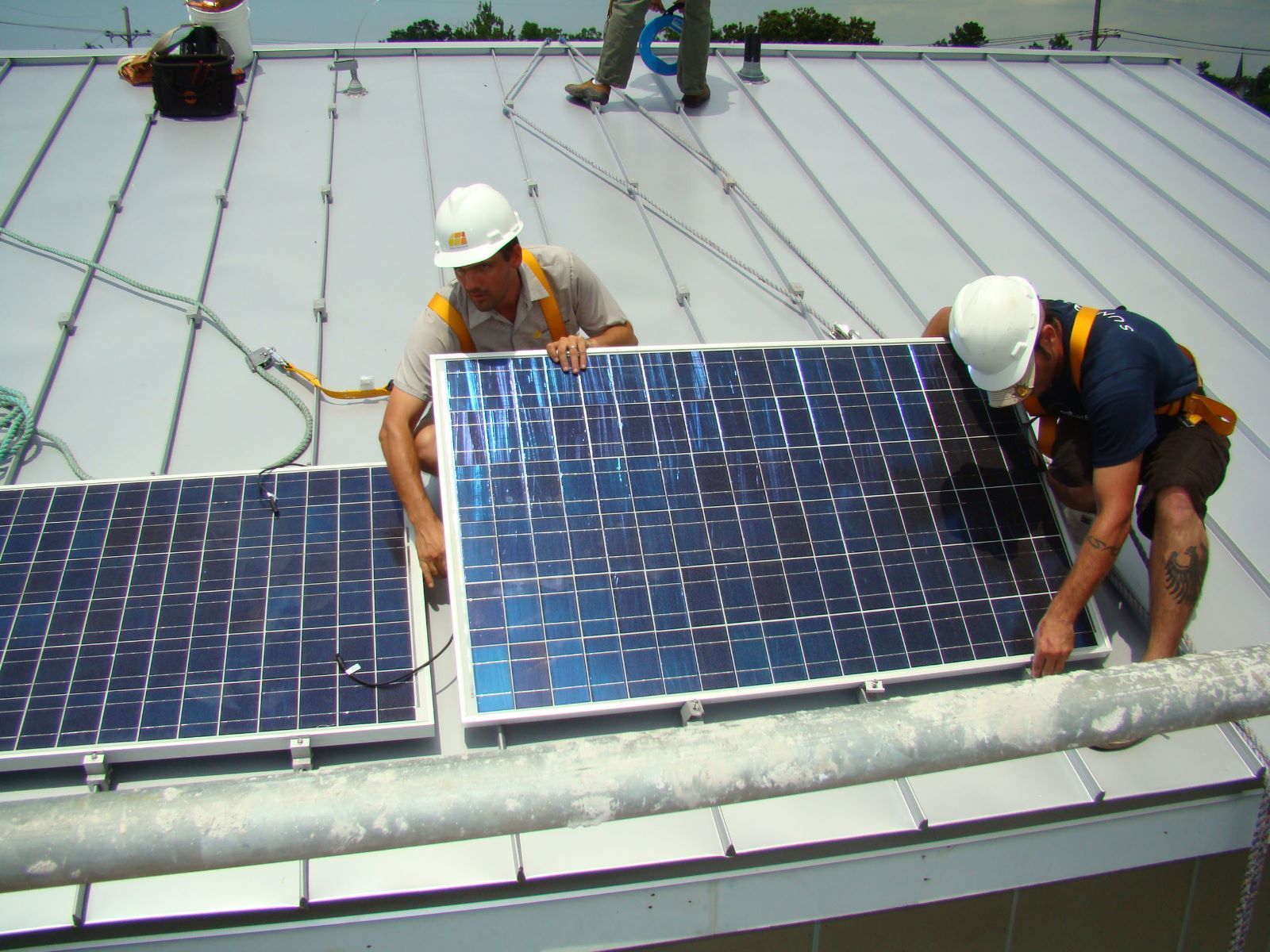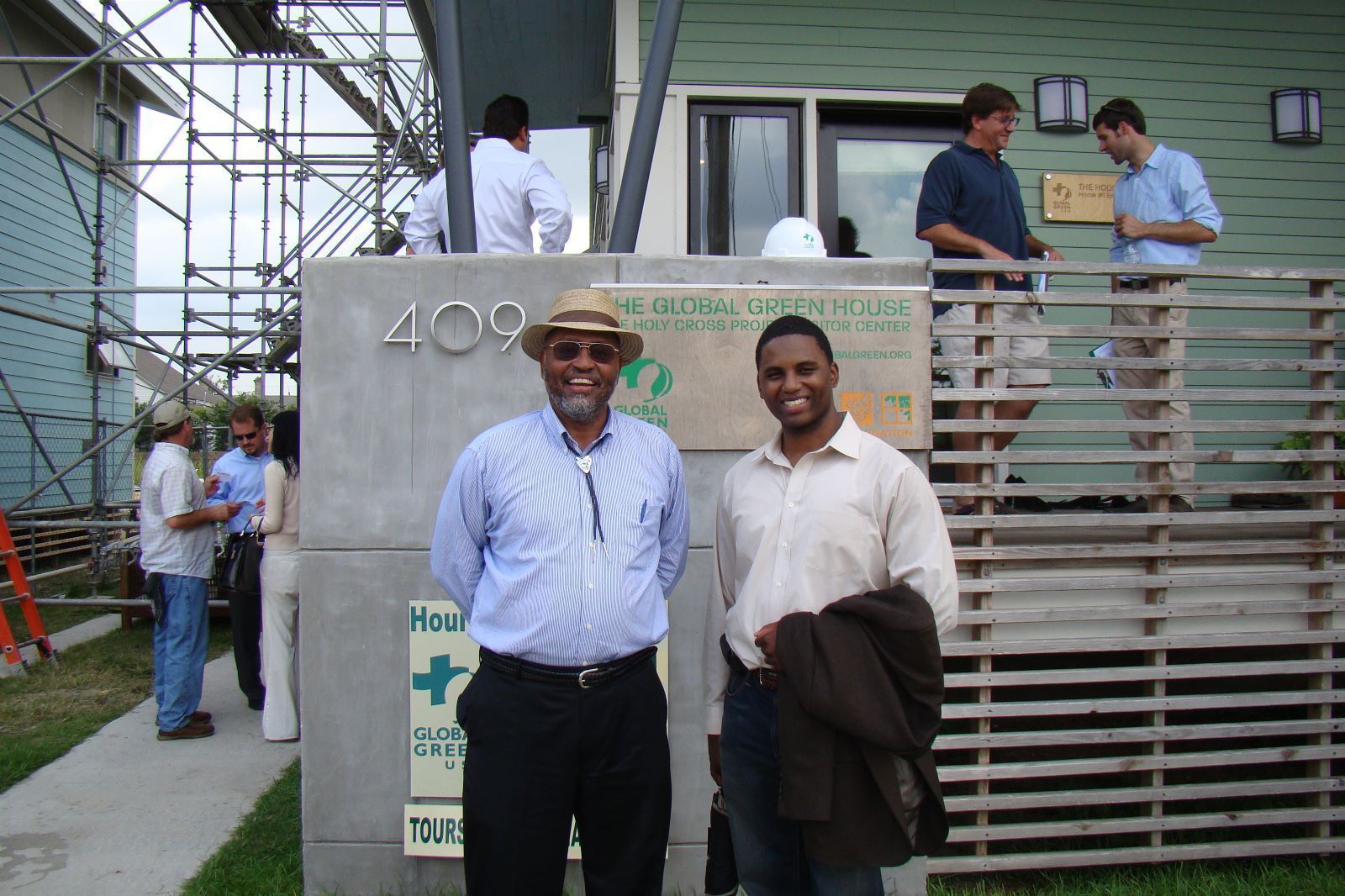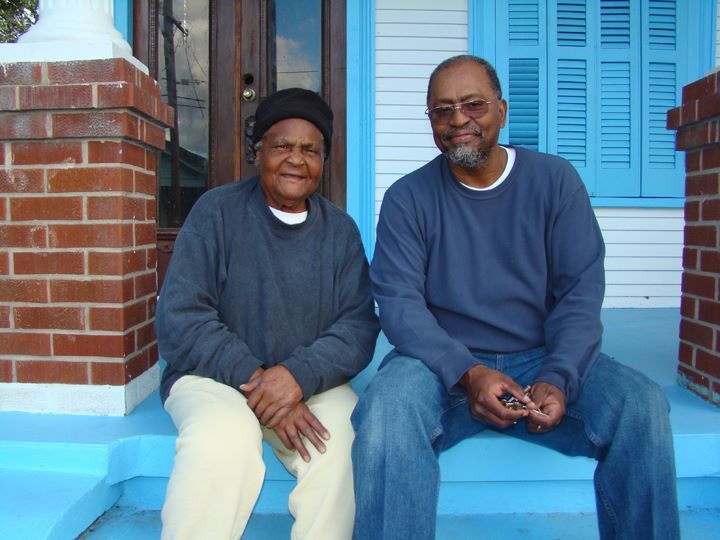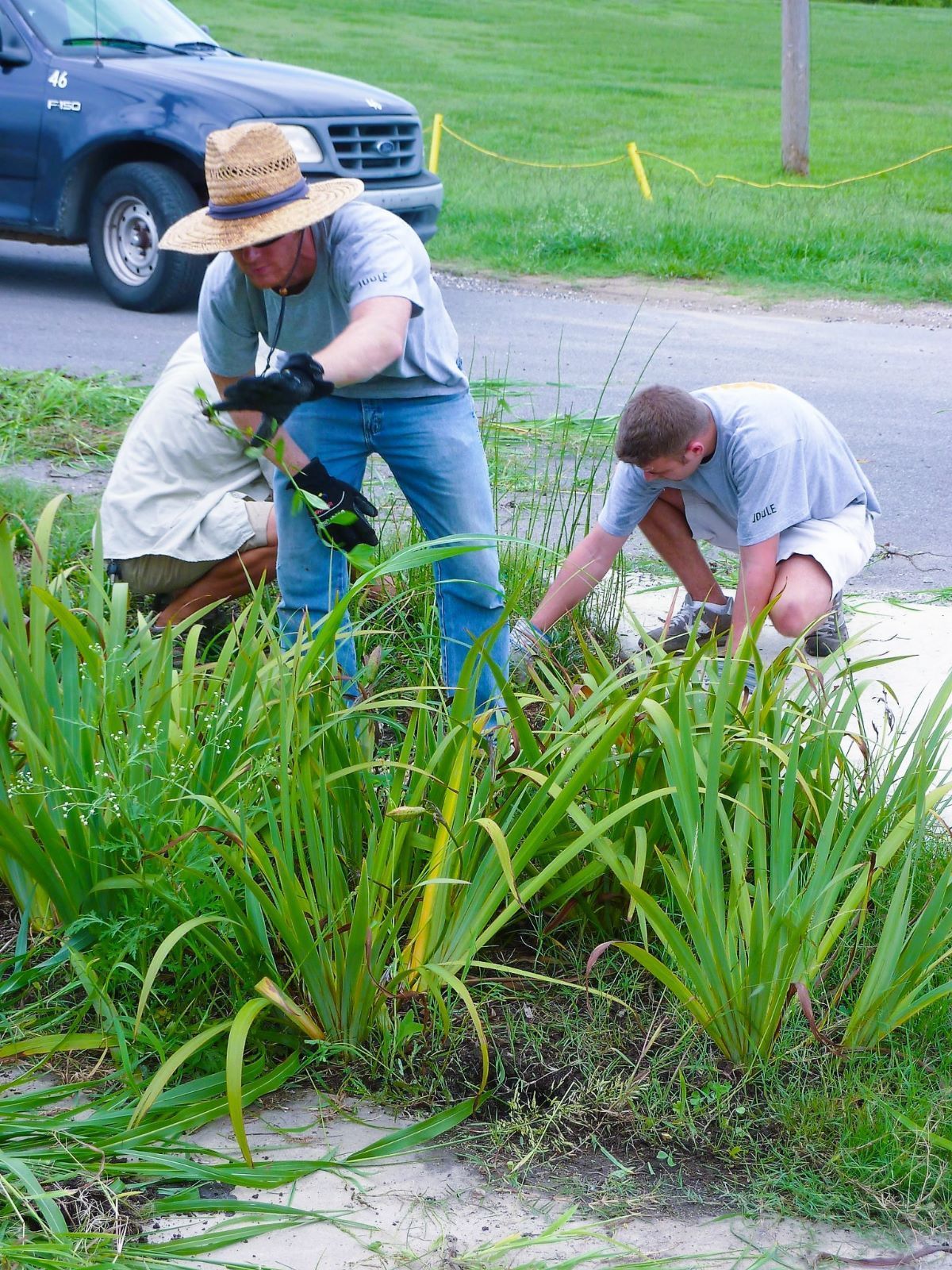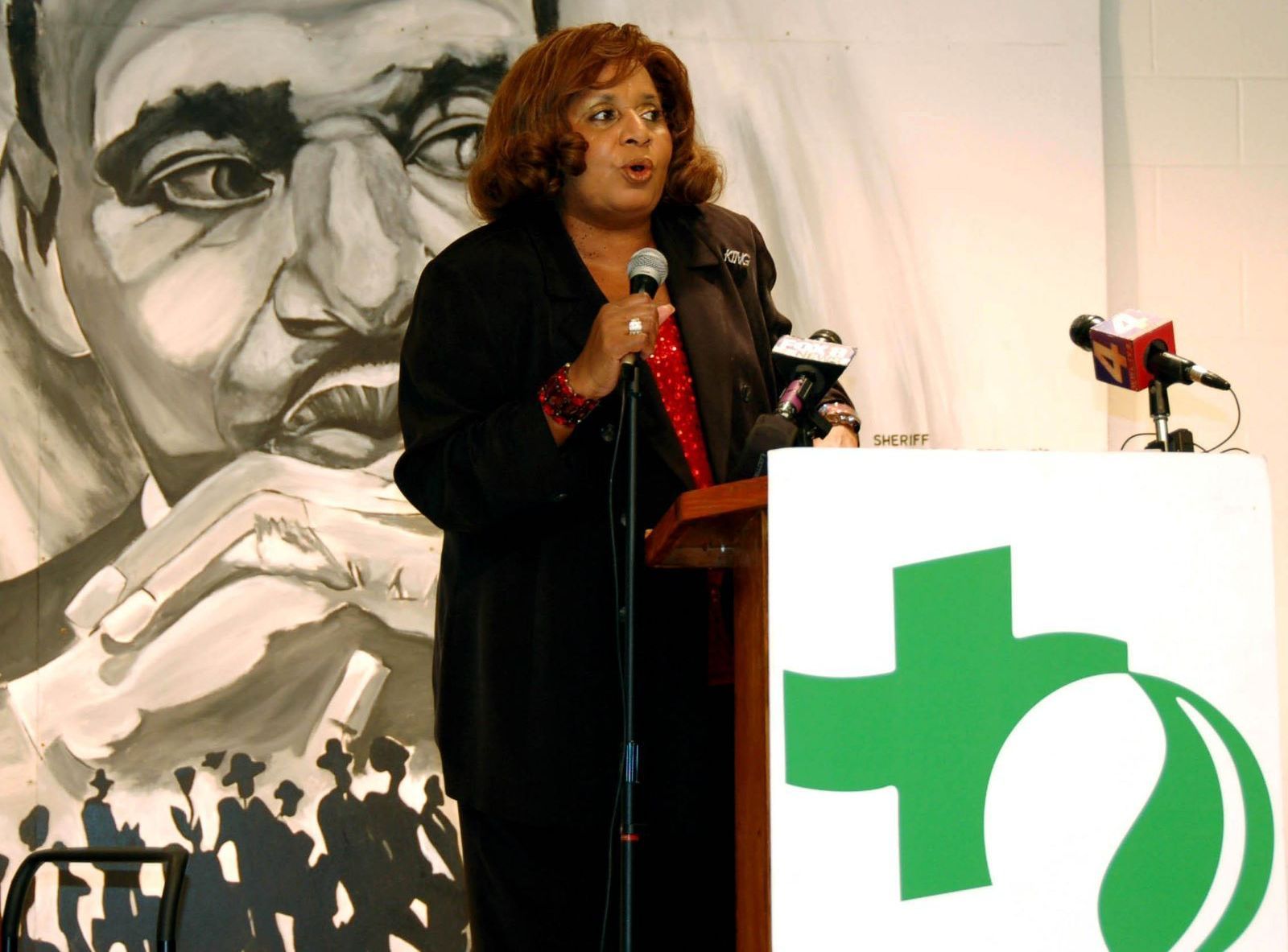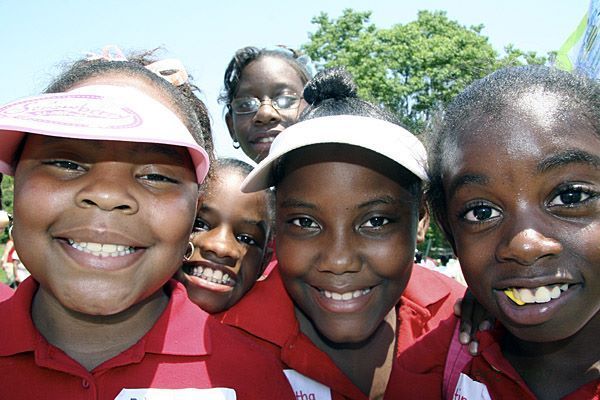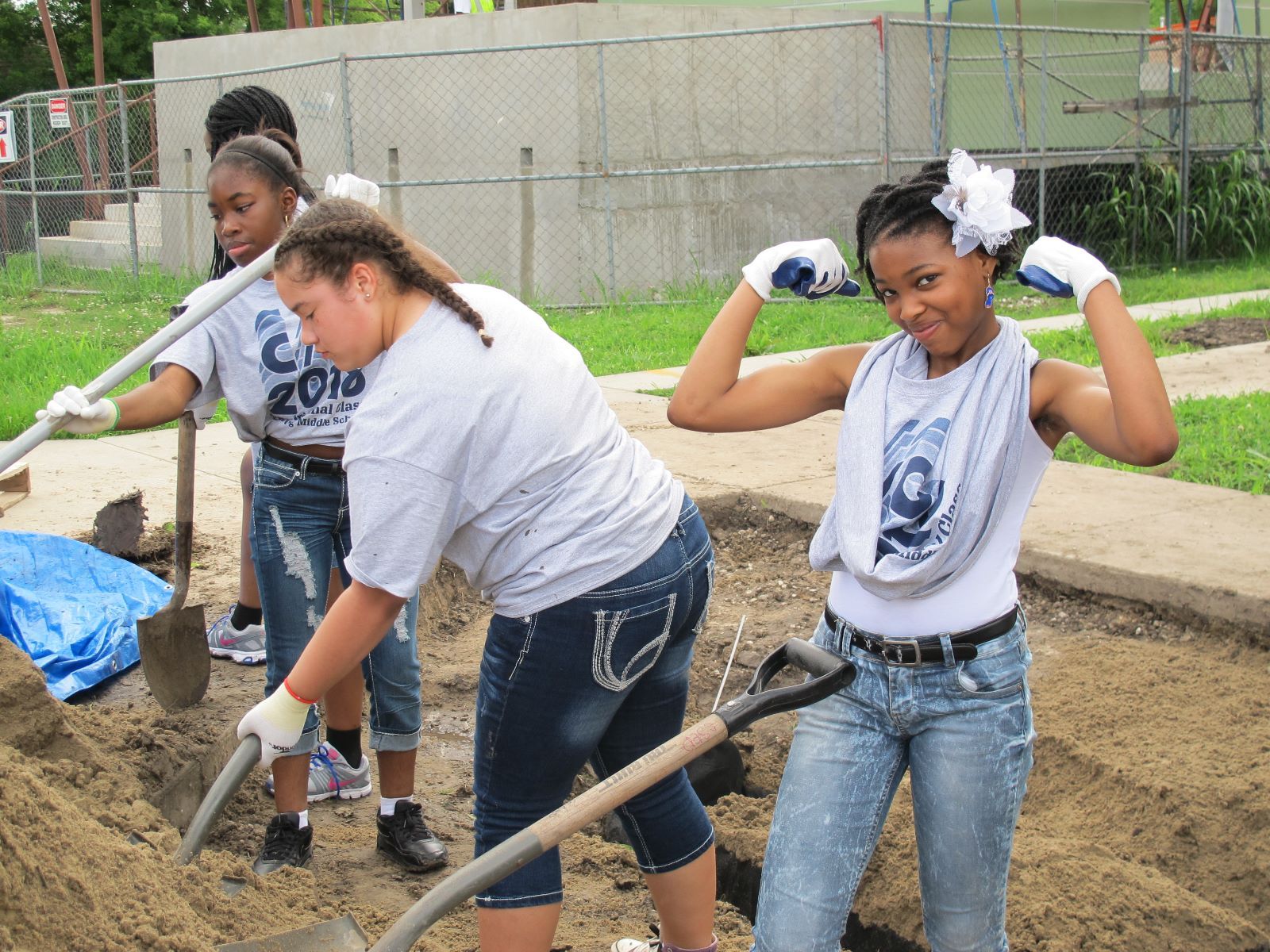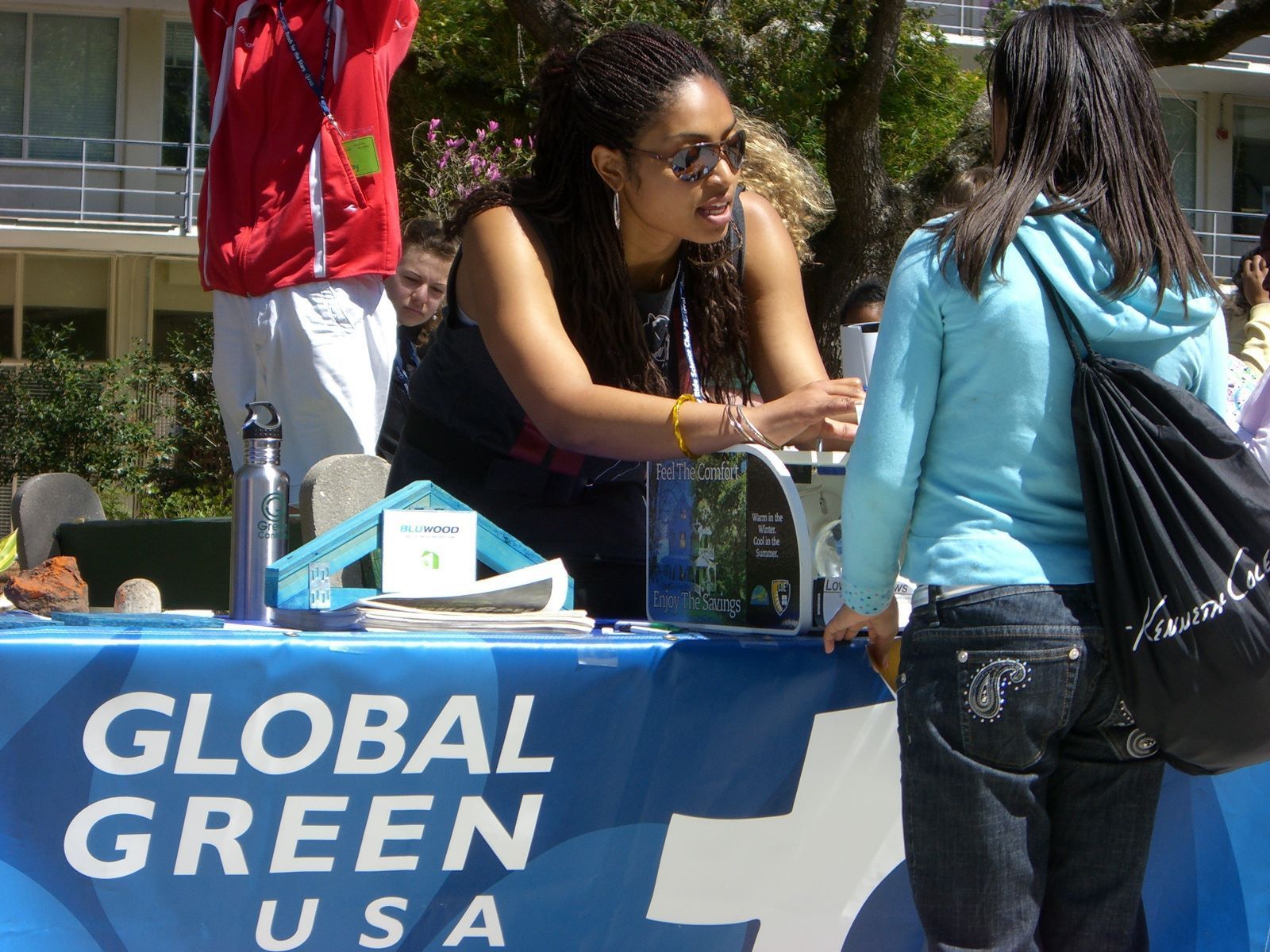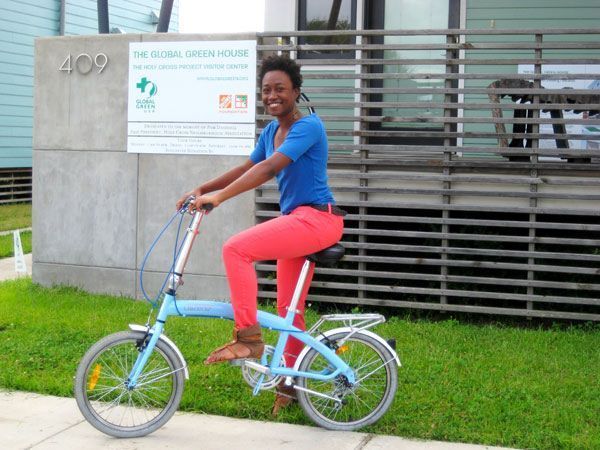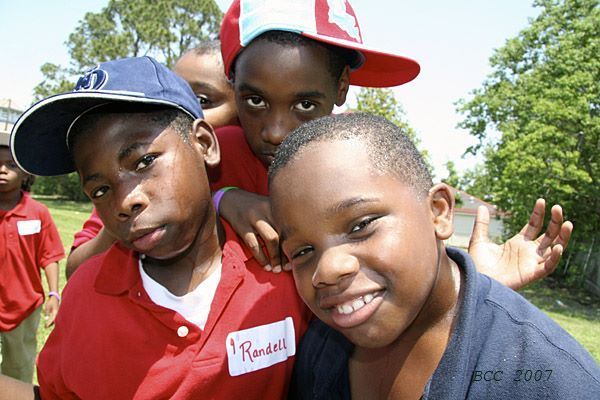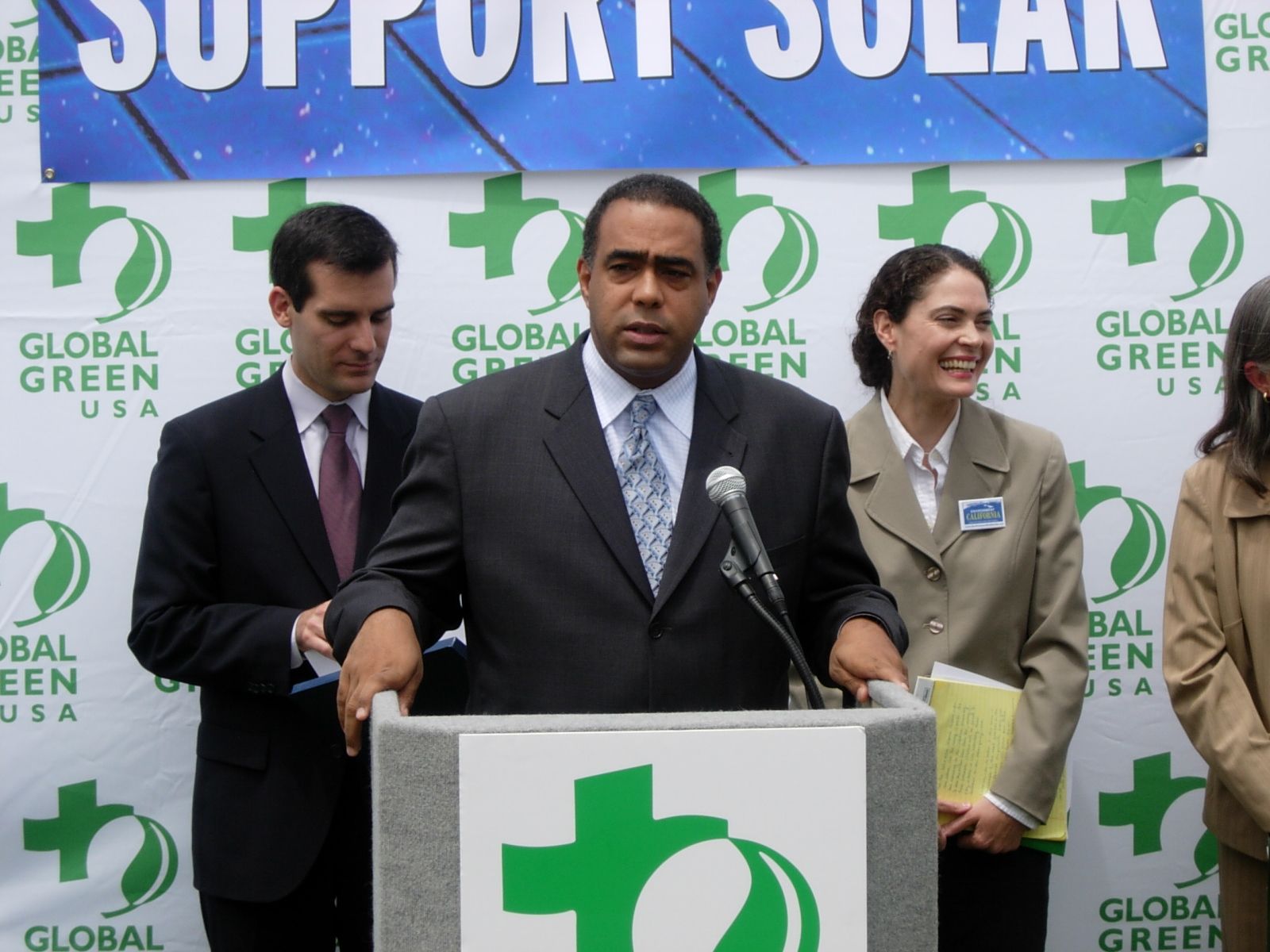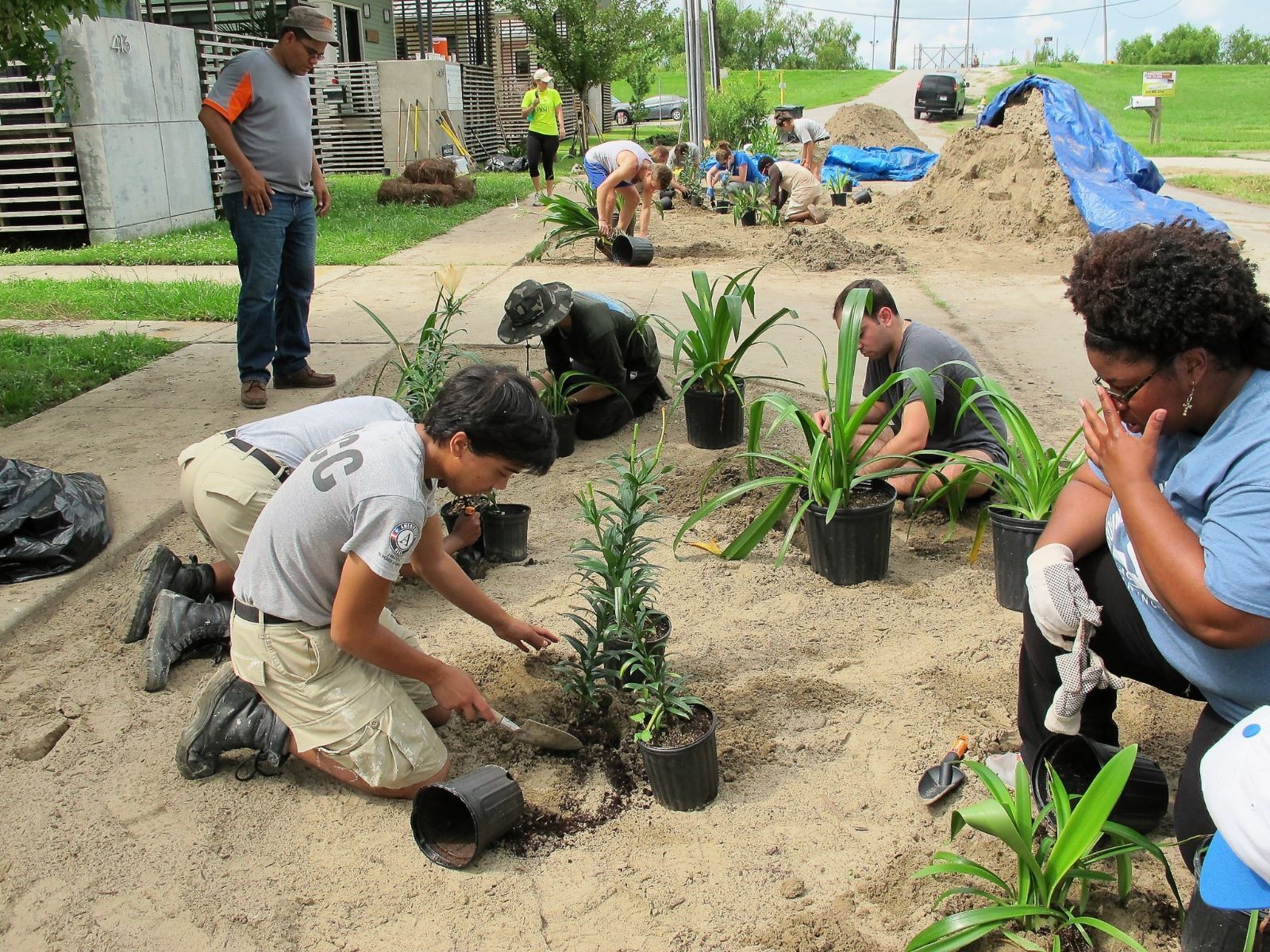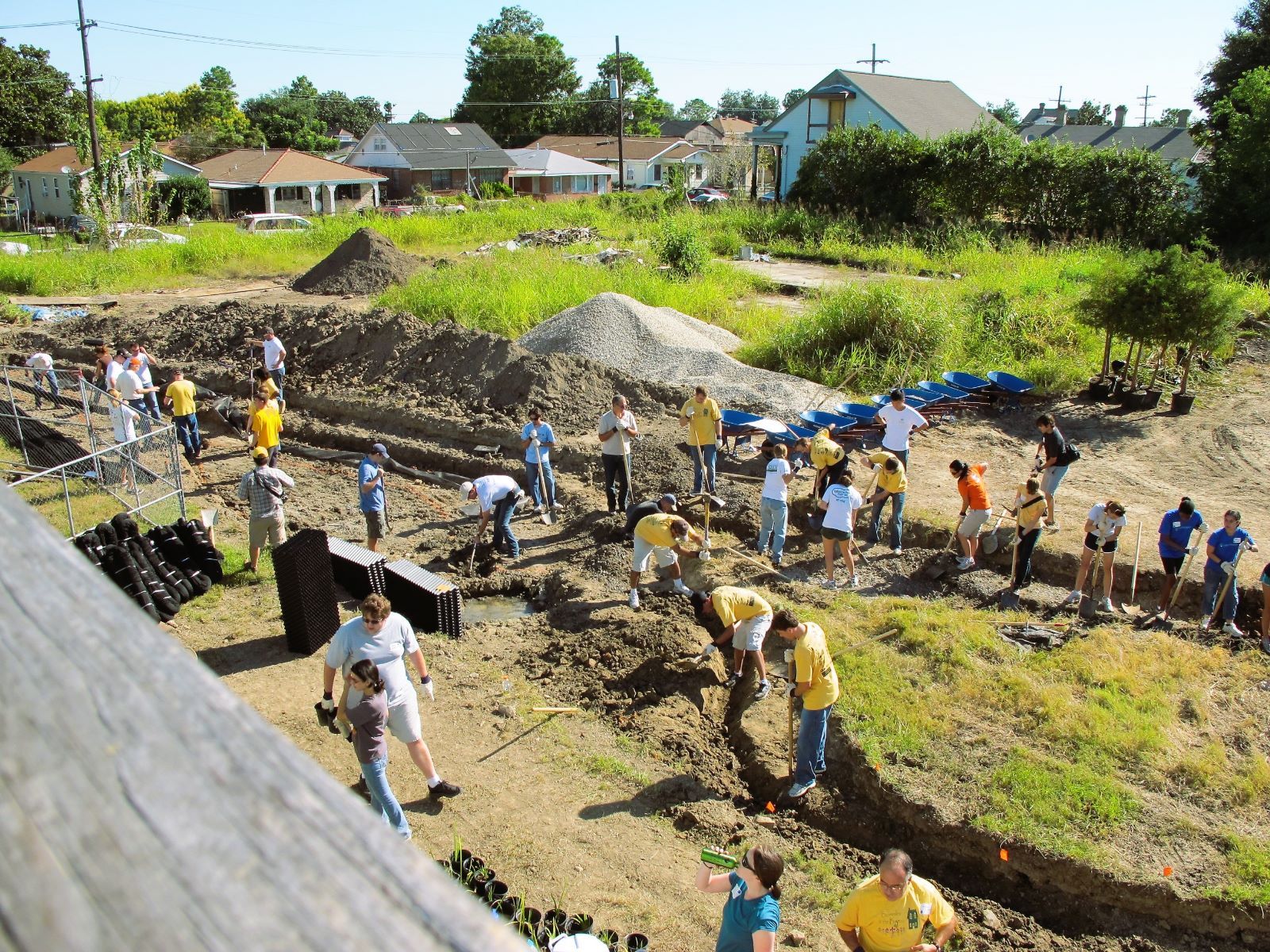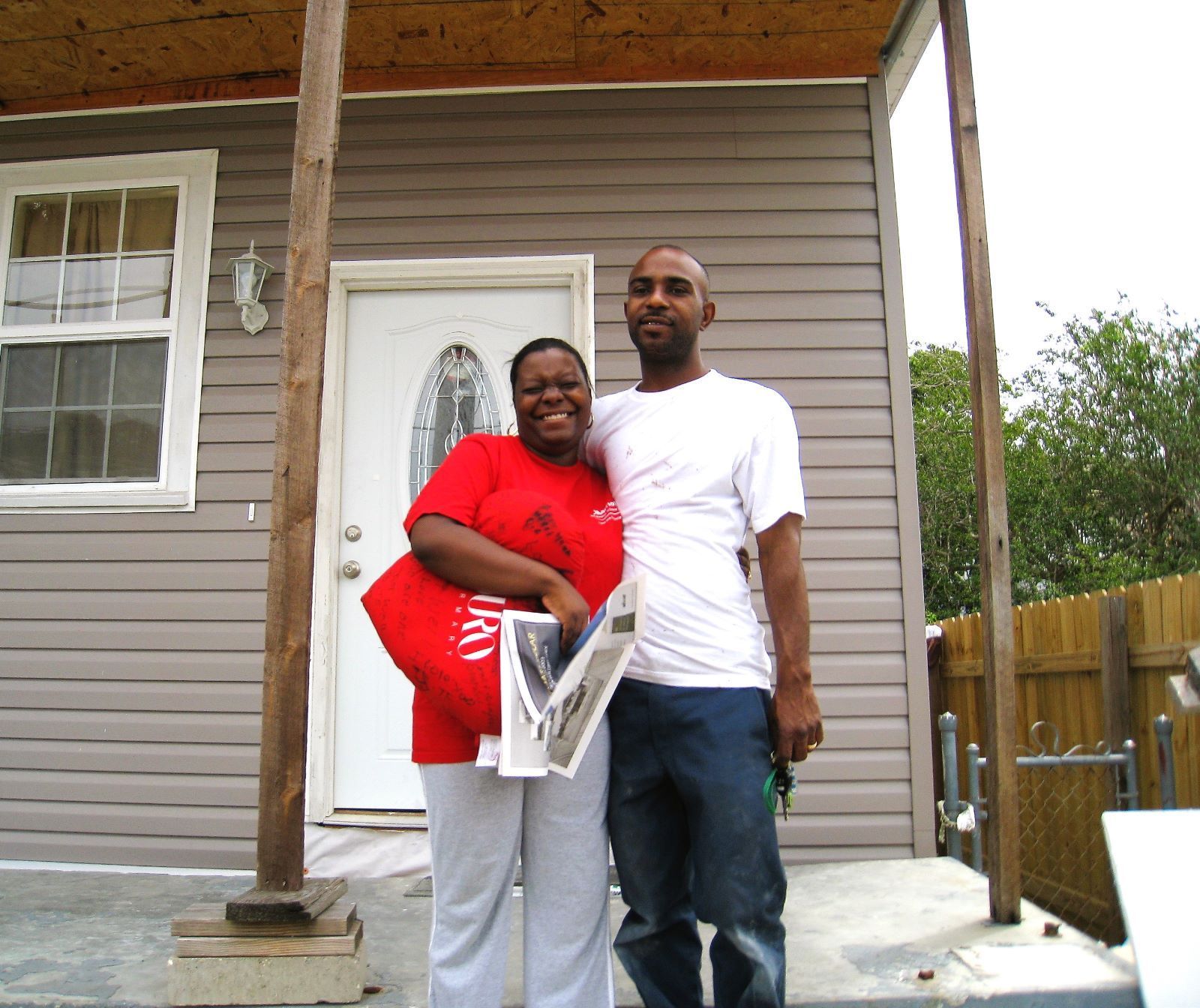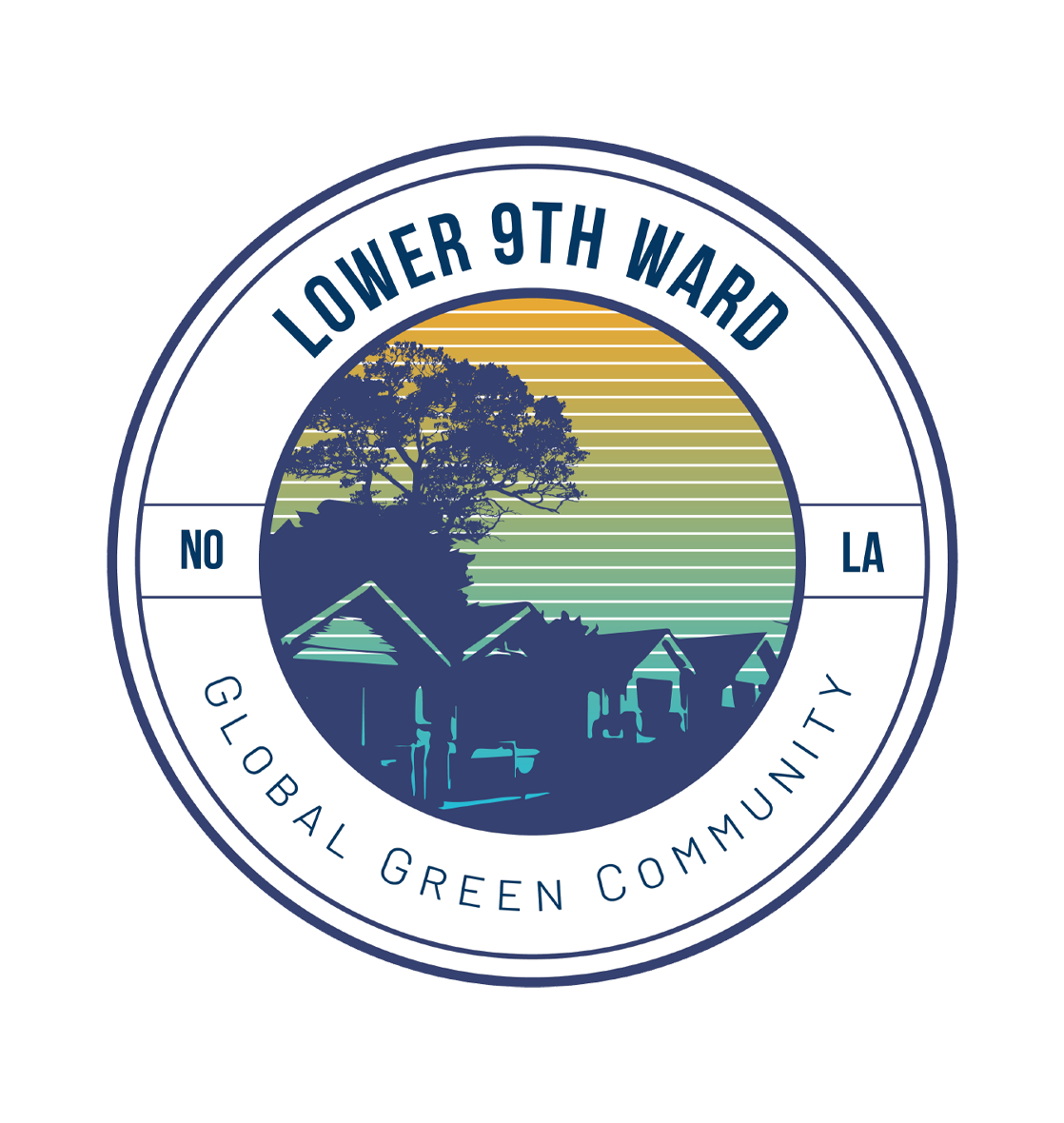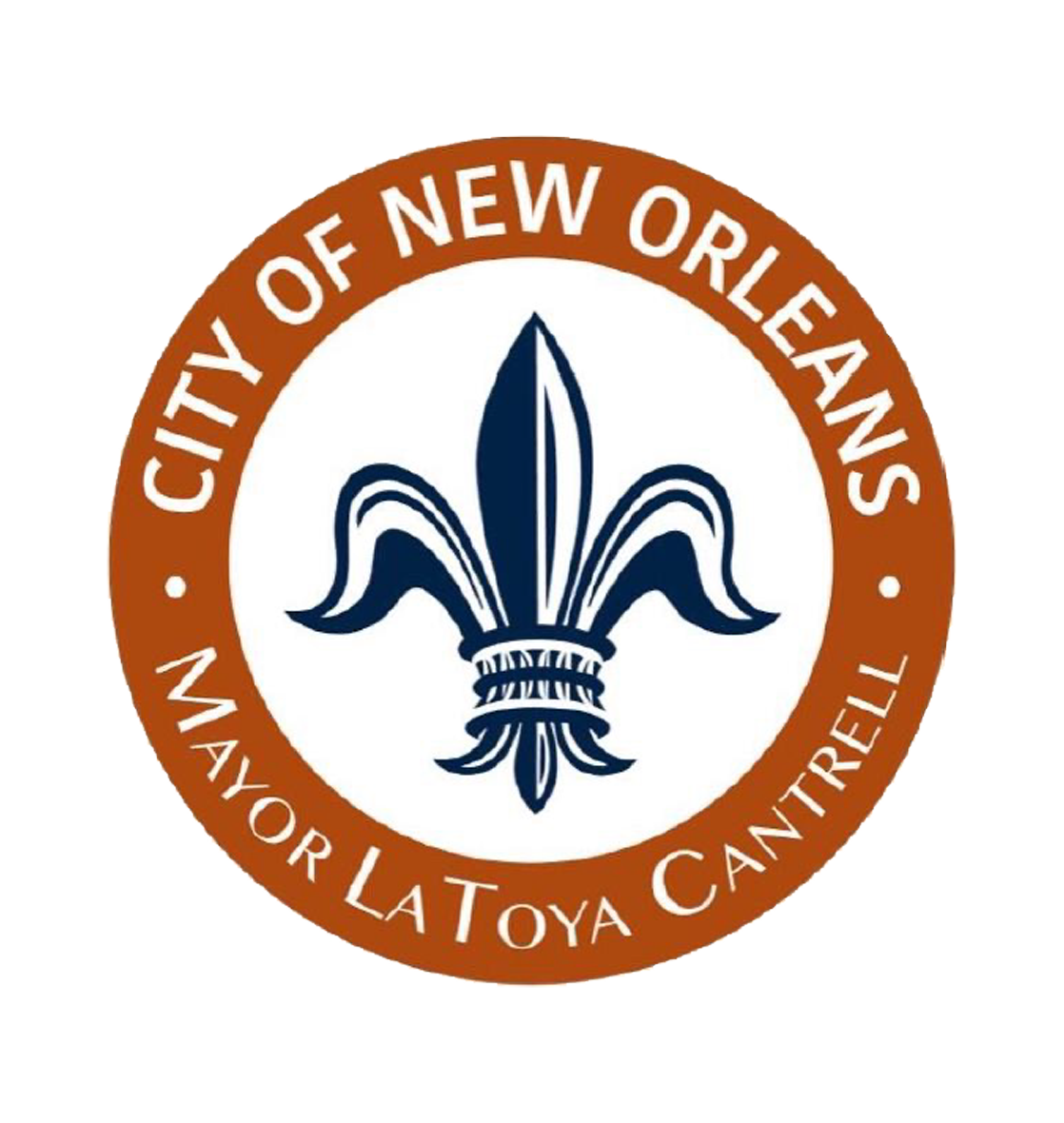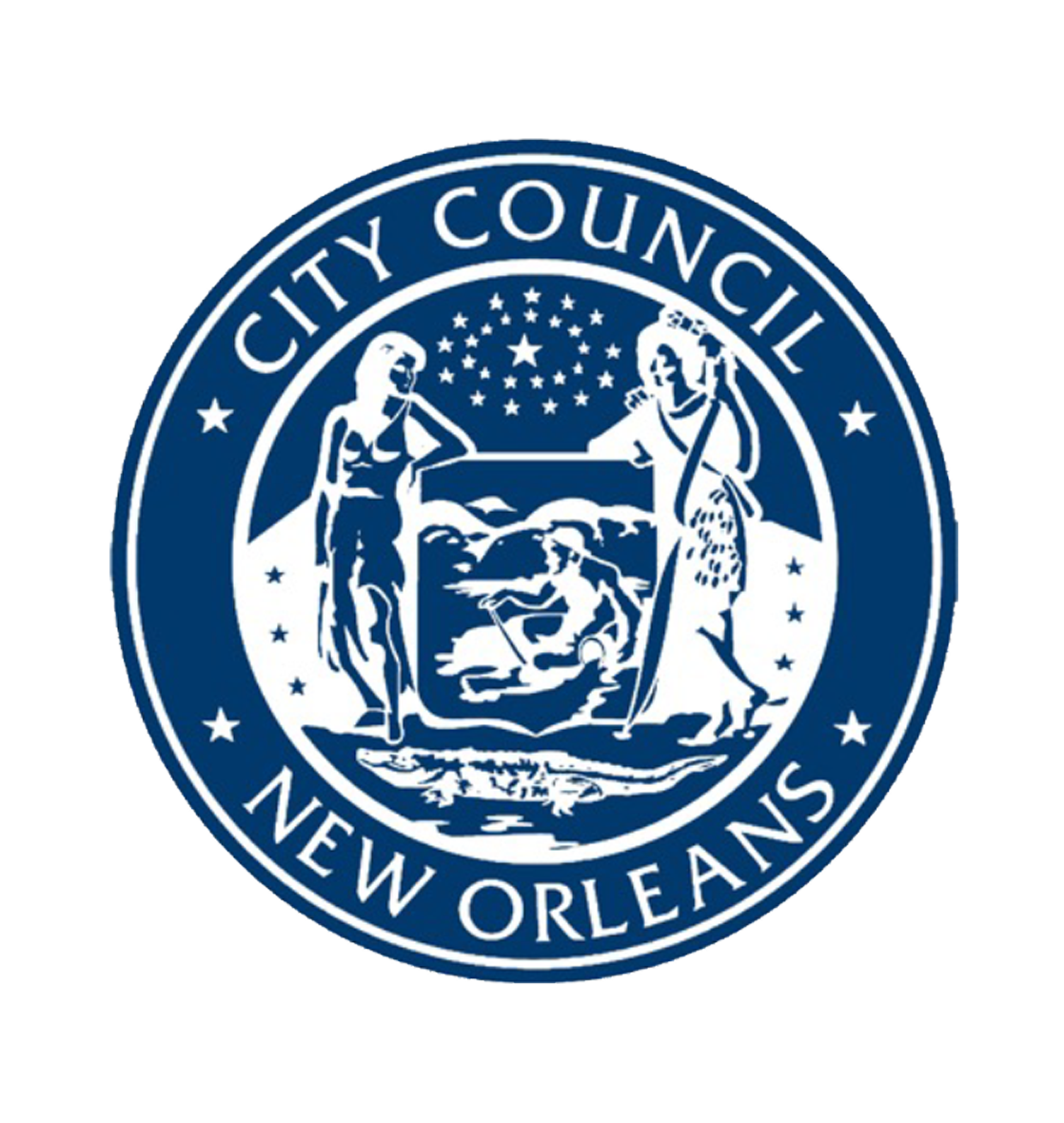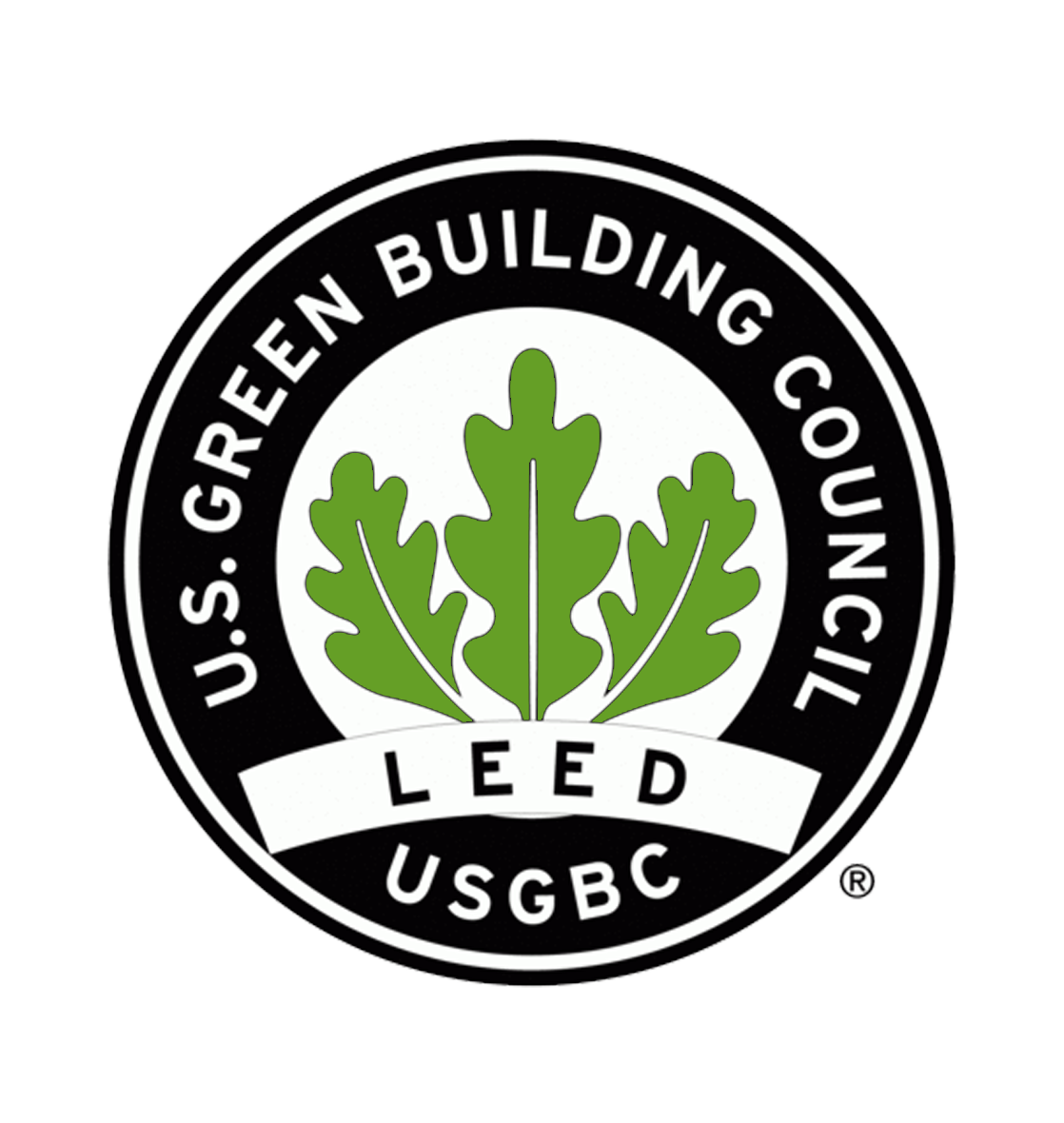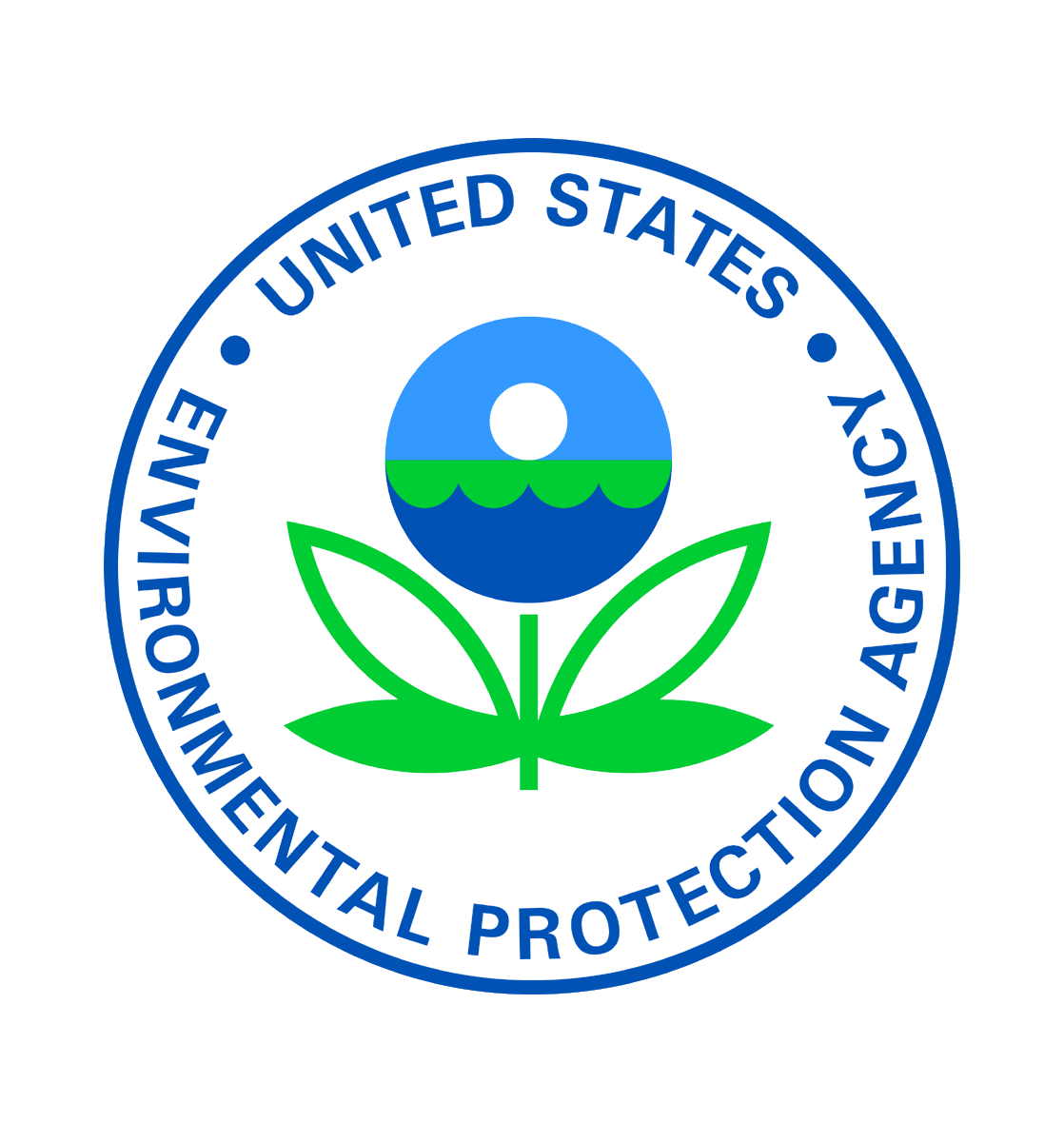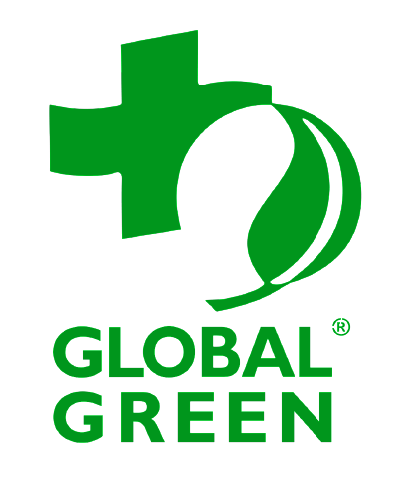ENVIRONMENTAL JUSTICE
Environmental Justice is About People
Environmental injustice is today a planet-wide problem. Underserved communities of Black, Indigenous, and People of Color (BIPOC) in the United States are most vulnerable to climate change and suffer the greatest ecological apartheid and injustice. The Lower 9th Ward city district of New Orleans remains today one of the most damaged neighborhoods after Katrina. More than 90% of the people there are from the Black community.
The Environmental Protection Agency defines environmental justice as the “fair treatment and meaningful involvement of all people regardless of race, color, national origin, or income, with respect to the development, implementation, and enforcement of environmental laws, regulations, and policies.”
When policies fail to live up to these, this is environmental injustice. In turn this can have devastating effects on the health and wellbeing of people in underprivileged BIPOC communities. In 1991, delegates to the First National People of Color Environmental Leadership Summit, held in Washington DC, drafted and adopted “The Principles of Environmental Justice” which has served as a defining document for the growing grassroots movement for environmental justice.
The Connections Between Racial Injustice and the Environment and Climate Change
Environmental and Social Justice are deeply intertwined. Environmental racism is an extreme form of environmental injustice, which refers to the unequal access to a clean environment and basic environmental resources - based on race. This happens when policies or decisions, and/or lack of enforcement of environmental protection laws, deliberately disadvantage BCPOC communities. With the acceleration of global climate warming - the outcome can be devasting.
After Hurricane Katrina struck the United States in August 2005 the claims of environmental injustice, human neglect, and racism affecting the Black lower-income communities became widespread. Today the Lower 9th Ward remains most vulnerable and disproportionally impacted by climate change which factors into the issue of environmental and social injustice.
HURRICANE KATRINA
The Connection Between Global Warming and Environmental Injustice
Hurricane Katrina was one of the worst natural disasters in US history. It struck the Gulf Coast on August 29, 2005 with devastating force causing more than 1,800 deaths and displacing 1.2 million people, as well as $170 billion in damages, in the city of New Orleans and surrounding areas.
Katrina disproportionately impacted the lives of the underserved Black communities and the people in the Lower 9th Ward. With the already existing racial social injustices, Katrina demonstrates the consequences of environmental injustice and clearly shows the connection between racial injustice, the environment and climate change.
Global warming does not make more hurricanes - but it makes them much stronger.
Hurricanes are heat engines fueled by warm tropical waters, and increase the warmer the ocean surface temperatures. Katrina’s force was propelled by the energy from surface waters.
Hurricanes draw their strength from warm ocean water. The warmer the water, the more powerful the storms. The ocean is the largest solar energy collector on Earth. Not only does water cover more than 70 percent of our planet’s surface, it also absorbs large amounts of heat without a large increase in temperature.
According to NASA, 90 percent of global warming is occurring in the ocean, causing the water’s internal heat to increase, since modern recordkeeping began in 1955. Global warming is the unusually rapid increase in Earth’s average surface temperature over the past century primarily due to the greenhouse gases released as people burn fossil fuels.
The global average surface temperature rose 0.6 to 0.9 degrees Celsius (1.1 to 1.6° F) between 1906 and 2005, and the rate of temperature increase has nearly doubled in the last 50 years. Records of sea-surface temperature confirm that the ocean water is currently more than 1°F (0.6°C) warmer than it was a century ago. Temperatures are certain to go up further.
As NASA puts it, “Earth’s atmosphere and oceans have warmed significantly in recent decades. A warming ocean creates a perfect cauldron for brewing tempests” because “hurricanes are fueled by heat in the top layers of the ocean.” In the last quarter century, NASA has tracked the largest stretch of high energy hurricanes on record. While there aren’t necessarily more hurricanes than before, those that form are getting stronger.
Katrina is an iconic example of how the impacts of climate change are disproportionately affecting underserved Black communities.
The science is very clear in order to mitigate global warming we have to cut our emissions worldwide by 70%.
The Katrina National Memorial Museum https://knmfno.org is located at the Global Green Building, 5400 Douglass Street, New Orleans, LA 70117. The museum was founded by Rodney Omar Casimire and features historical images, the Katrina List, and the original stories from the courageous people who survived Katrina.
(The images below, courtesy the Katrina National Memorial Foundation Museum)
CLIMATE URGENCY
THE TIME TO ACT IS NOW
“The window to take urgent climate action closing rapidly. Unless countries dramatically scale up efforts to counter the climate crisis, the world faces a global catastrophe,” — António Guterres, United Nations Secretary-General
ENVIRONMENTAL JUSTICE FOR THE LOWER 9TH WARD
Global Green USA is dedicated to bringing forth Environmental Justice for the Lower 9th Ward of New Orleans.
The Global Green Community in New Orleans will serve as a state-of-the-art model for all over the United States. We are building a first of its kind community, and taking into all aspects of Environment Justice. This project is aimed to build community resilience and empower citizens. The Global Green Community project in New Orleans is envisioned as a pilot for underserved BIPOC communities in cities all over in the United States.
With Global Green USA’s 25 years of expertise in resilience building and implementation strategies to advance urban climate mitigation adaption to goal is to rebuild and/or build a new 105 homes in the community of the Lower 9th Ward that remain destroyed after the Katrina disaster. Through LEED certification the objective is, by way of decarbonizing the building process, and with energy efficiency, to bring forth a neighborhood level structured program that utilizes green technology and is aligned with the Net Zero goals - to reduce greenhouse gas emissions.
The Global Green Community project acts to revitalize the Lower 9th Ward community by material means. However, rebuilding a community begins with the people. Our aim is to work to uplift and empower people. The project works to be inclusive, interacting with the residents in the process to revitalize their community.
We will invite the residents as stakeholders to have a voice and participate in the processes that can generate social benefits for themselves and the community. The project aspires to work together with the people who are the local heroes and the backbone of the community.
The Global Green Community goal is to nurture people and build civic engagement by providing empowerment resources. Examples are: civic educational seminars, s Education for Sustainable Development (ESD 2030) workshops, livelihood incentives, direct job creation, indirect job creation within the community, as well as climate awareness adaptation.
The aim is to cultivate a better quality of life and wellbeing, and to improve community health through food security, by way of access to local affordable healthy organic food sources. We embrace culture diversity and recognize the inherent wisdom and strength of the local community.
DONATE TODAY
Support the Global Green Community Rebuilding the Lower 9th Ward of
New Orleans
$100
Any amount can make the difference
Take me to the GoFundMe Campaign site
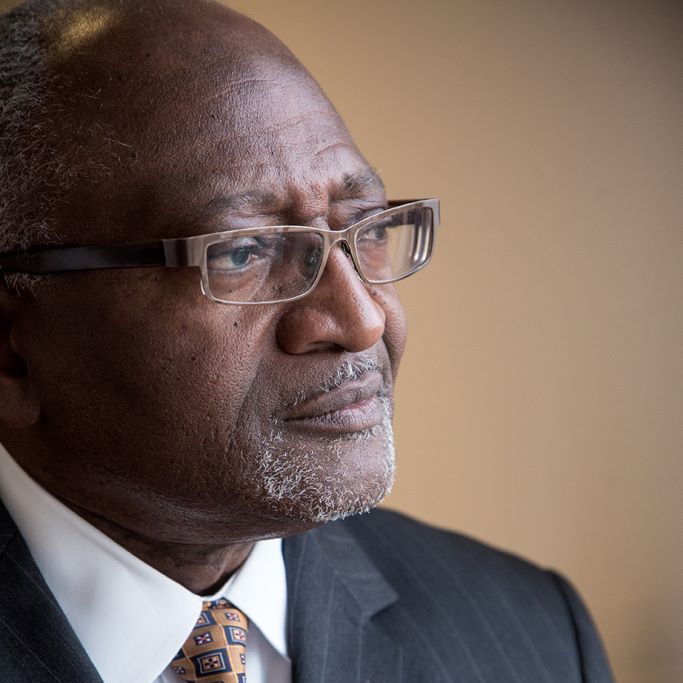
Inspirational Quotes
“We’re talking about reframing the way we do our environmental protection so that our communities are not left out when it comes to climate change. The policy part of environmental issues talks about how we are going to address climate change in terms of mitigation and readaptation. We want to make sure that is equitable and that racism is addressed. We’re going to be working around health equity too.”
– Robert Bullard, The Father of Environmental Justice

